On the Road is a weekday feature spotlighting reader photo submissions.
From the exotic to the familiar, whether you’re traveling or in your own backyard, we would love to see the world through your eyes.
arrieve
After Lima we flew to Cusco and then drove north into the Sacred Valley, where we stayed for a few days.
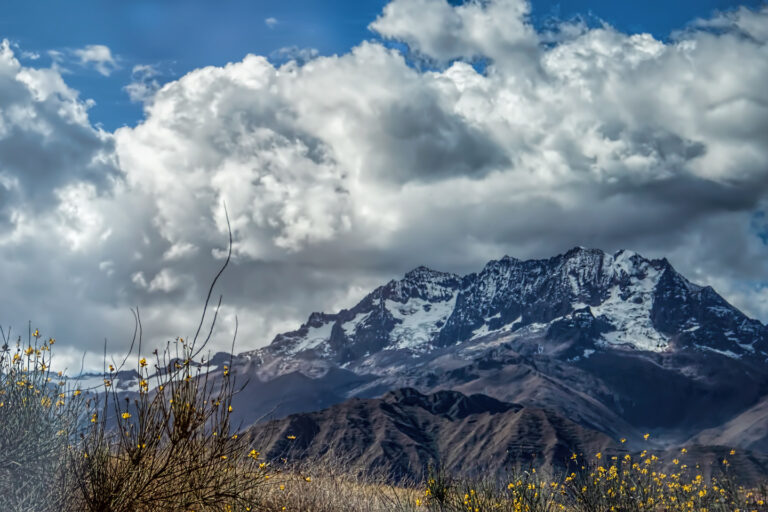
I took this from the van somewhere in the Sacred Valley. No idea where we were except that it was beautiful.
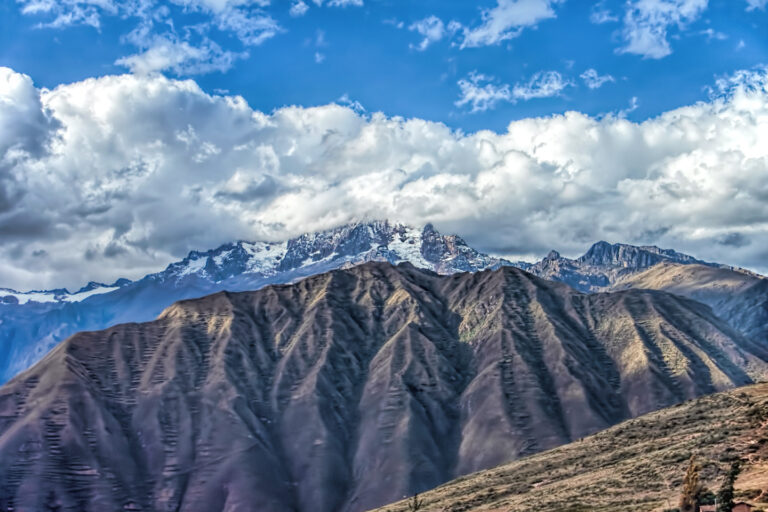
We stopped at an overlook to see this view–this is the Cordillera Urubamba. (The Urubamba River runs through the Sacred Valley, to Macchu Picchu and beyond.)
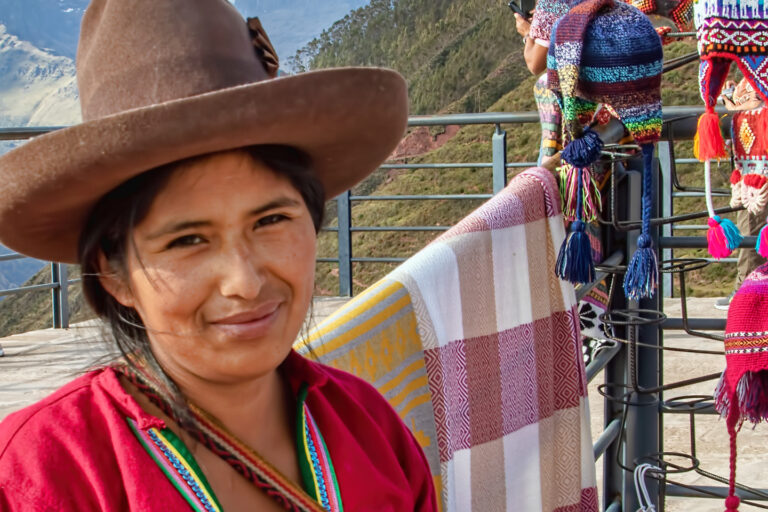
This woman at the overlook who was selling hats, scarves and other souvenirs kindly agreed to be photographed.
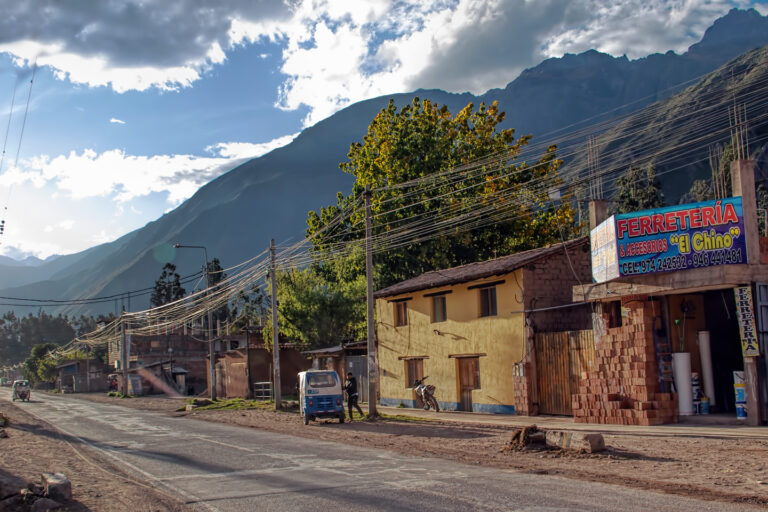
We stopped in this town to visit a ceramics studio on our way to the hotel.
It was late afternoon/early evening and I was shooting straight into the setting sun, but I still like this picture. You can see two of the tuk-tuks that were the primary mode of transportation there.
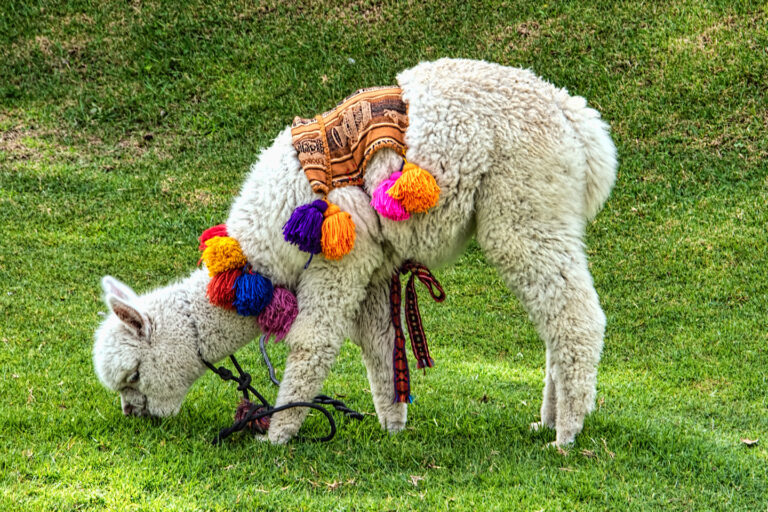
Lawn maintenance Peruvian style. At the hotel in the Sacred Valley they brought out the alpacas every morning.
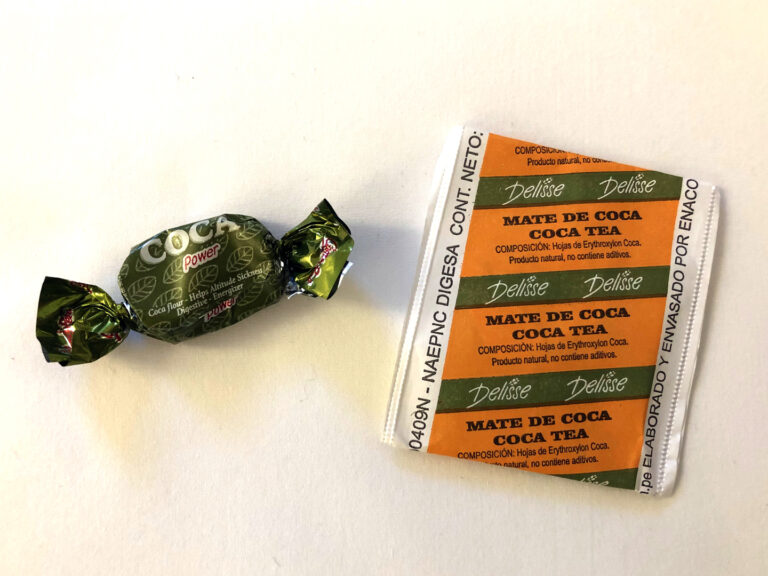
Coca, in the form of tea or leaves or candy, is legal in Peru and part of the culture. It’s supposed to help with the altitude, and we were given a few of the candies when we got off the plane in Cusco. I wasn’t expecting problems. I’ve spent time at altitudes from 5000 to 8000 feet without any symptoms more serious than a headache, so I thought my knees would be more of an issue in the high ruins.
Our first night in the Sacred Valley, the elevation was just under 10,000 feet. And I felt normal—until I didn’t. I started to feel dizzy during dinner, and by the time we were finished the room was spinning. All of the tourist hotels in the mountains have oxygen available, and our guide suggested I might need some. I thought they’d just hand me something like the little cans of oxygen they had for sale in the lobby, but they wheeled a tank to my room that looked like something you might drop from a plane on an enemy city, and had me breathe from it for ten minutes.
In the morning the tour leader had me checked out by a doctor, who stuck a pulse oximeter on my finger and then immediately hustled me off to the local clinic. (Some of you may recall a virus that sent me to a hospital in Rwanda; apparently I am inventing my own kind of medical tourism.) The clinic resembled a motel room–here were two double beds with flowered bedspreads and a flatscreen TV on the wall. I was the only patient. The doctors didn’t speak English, so we communicated, mostly successfully, by Google Translate on our phones. They put me in a bed, piled extra blankets on me because my hands and feet felt too cold, and gave me more oxygen and altitude sickness medication. And after several hours, they drove me back to the hotel and told me I would be fine to continue the trip.
And I was, mostly, but I definitely didn’t feel 100% until I went back to Lima. So, does coca help? Yes, a little. I would have tea with breakfast, and suck on the candies during the day. It gets rid of the headaches, and gives you a little burst of energy, but it’s no substitute for oxygen.
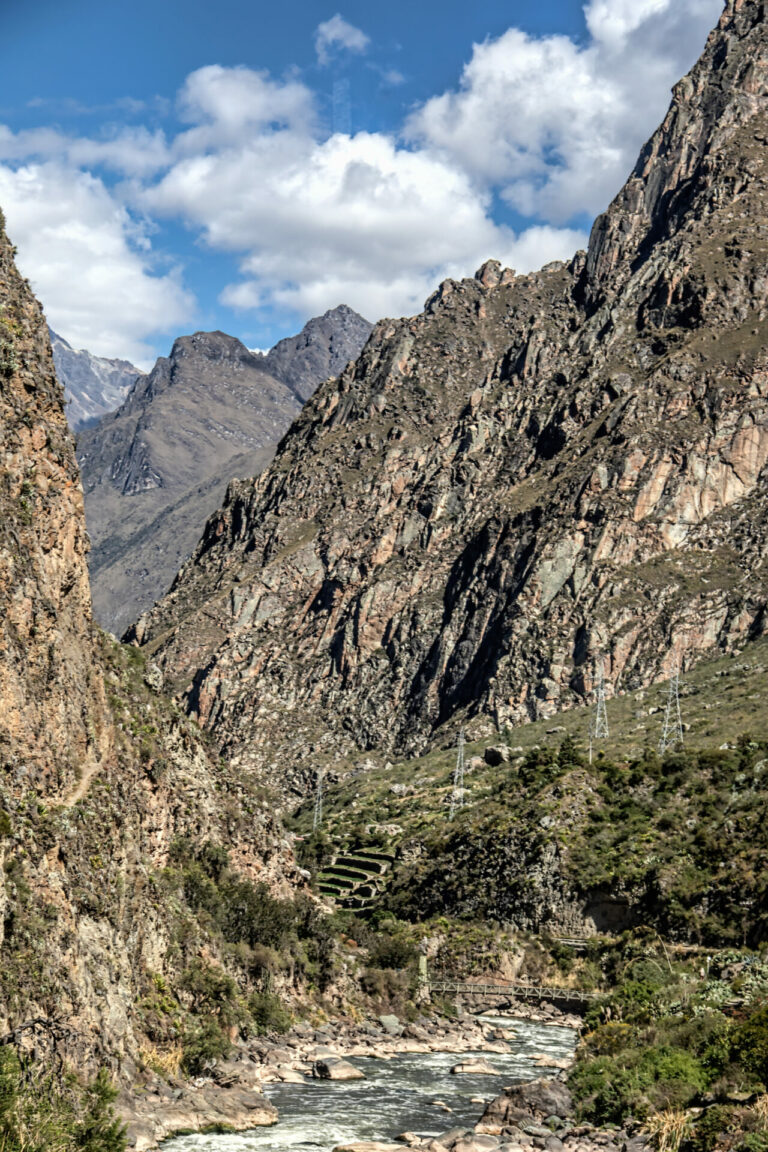
From the Sacred Valley, it was north to Machu Picchu. You take a train from Ollantaytambo to what used to be called Aguas Calientes and is now being rebranded as Machu Picchu Pueblo, the town at the base of the mountain.
The scenery changes dramatically over the course of the ninety-minute ride. The mountains in the south are brown and rocky, with little snow. Machu Picchu is in what is called “the eyebrow of the Amazon,” a high-altitude jungle.
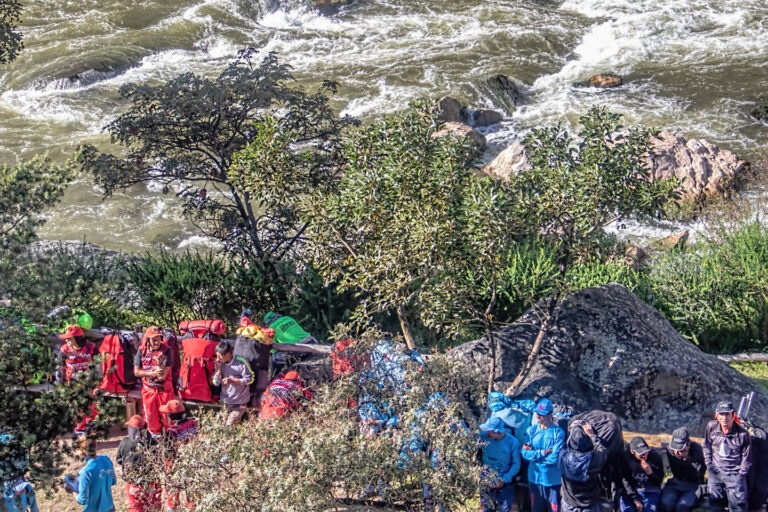
There is of course another option if you don’t want to take the train—you can spend four days hiking the Inca Trail. The trail starts outside of Ollantaytambo, and the train stopped there to let trekkers disembark. (There is also a one-day option now; you can get off the train closer to Machu Picchu and do a seven-hour hike. We all joked that we wished we’d known about that option before we decided to take the train.)
Some of the sherpas who carry all the food and equipment for the Inca Trail hikers and their backpacks.

Baud
Beautiful.
I’ve heard the full hike isn’t that interesting until the last day.
Elma
I brought several bags of the coca candies back as gifts, packed in my suitcase. But then, at the Miami Airport, our bags were the last to come out onto the carousel, and I started to worry the the drug dogs had “liked” my suitcase. I managed Cusco, the Sacred Valley and Machu Picchu , but didn’t feel 100% until we returned to Lima and sea level.
eclare
Whoa! Altitude sickness sounds scary. I have def felt ill above about 7000 feet but nothing like that. I live at about 400 feet with air so rich you can scoop it with your hand, no way to acclimate. Don’t know the altitude where you live.
Love the puffy clouds in the photos!
JeanneT
Those mountain photos are amazing. Glad I could enjoy seeing them without the altitude sickness.
Betty
Peru is an amazing place. Such scenery.
pieceofpeace
The more monotone mountainous landscape contrasts beautifully with the color provided by the blue sky and items provided by people. Overall, looks peaceful, contemplative.
SkyBluePink
Wonderful photos!
Liked the “slice of life” ones- the woman, town and alpacas particularly.
mvr
I can see why you like the one with the buildings and the mountains and the tuk-tuks. I like it too. The light and the atmosphere are calming.
The altitude sickness episode is interesting/puzzling. But I think perhaps it matters how recently you spent time at 8,000 feet. For me doing it within a half year or so keeps me in decent shape for our cabin at 9,000 feet. For Jenny we generally need to stop at around 5-6,000 feet for a night on our way up. My 87 year old friend in a neighboring cabin, who lives at about 5,000 feet most of the time has no problems going up to his at around 9,500 feet, but his late spouse needed oxygen when she went up there. And several other neighbors who live in Rawlins which is nearby and has an elevation of 7,000 feet have started to need oxygen as they age. So I guess it isn’t just about what you are used to either.
Thanks for the photos! Another interesting place to think about going when I retire.
cope
Wonderful pictures of beautiful places, people and things, thanks.
arrieve
@Elma: I didn’t realize that the coca candies were okay to bring back to the US–the tea is definitely illegal. So I panicked when I was getting on the plane and realized that I still had a bag in my purse. I dumped them, but there are mornings when I definitely wish I still had a few lying around.
@mvr: I live in Manhattan, which is basically zero altitude, so I definitely feel the altitude any time I go into the mountains. But as I said it’s usually just headaches and feeling tired. Nobody else in our group (there were ten of us) had a problem, but they were all taking the anti-altitude sickness medication. (Which has its own side effects–tingling hands and face.) If I ever go back to Peru–and I would love to–I will start the medication before I go.
ETA: I saw the pulse oximeter–my oxygen was at 80%. So it was a good thing I went to the clinic.
eclare
@arrieve:
Oh that is low! Yes get medication for the higher altitudes.
way2blue
Thanks for sharing this glimpse of remote Peru. Going from 0 to 10,000 ft sounds like a big ask of most people’s bodies. Glad to hear the hotel staff knew how to check your blood oxygen level and get you re-oxygenated.
BigJimSlade
Excellent post.
Also, altitude is such an interesting thing to deal with. We went up to Mammoth Lakes (approx 7900 feet) some years ago (8?) and the first evening we went to a brew pub. I had one beer, then a very persistent headache all night. We live at about 500 feet, so that was a pretty big difference.
AnthroBabe
I found coca tea to be extremely helpful at mid and high altitude. Beautiful photos – hope you bought a scarf from that lovely woman (some ask for money for taking photos, which they should).
MelissaM
The woman is beautiful! And the scenery lovely, but the sickness scary. My central IL town is 730 ft, as stated on the signs into town. Biking is usually easy unless the wind gets in the way.
Chris T.
Don’t mess around with altitude sickness. It usually resolves on its own but it can cause pulmonary edema and/or brain swelling and this can be extremely bad. It’s OK to spend one night with a headache but if it persists into the next day, get to lower elevation as soon as you can.
Oddly enough, Viagra can help with altitude sickness: https://www.atsjournals.org/doi/10.1164/rccm.200406-804OC